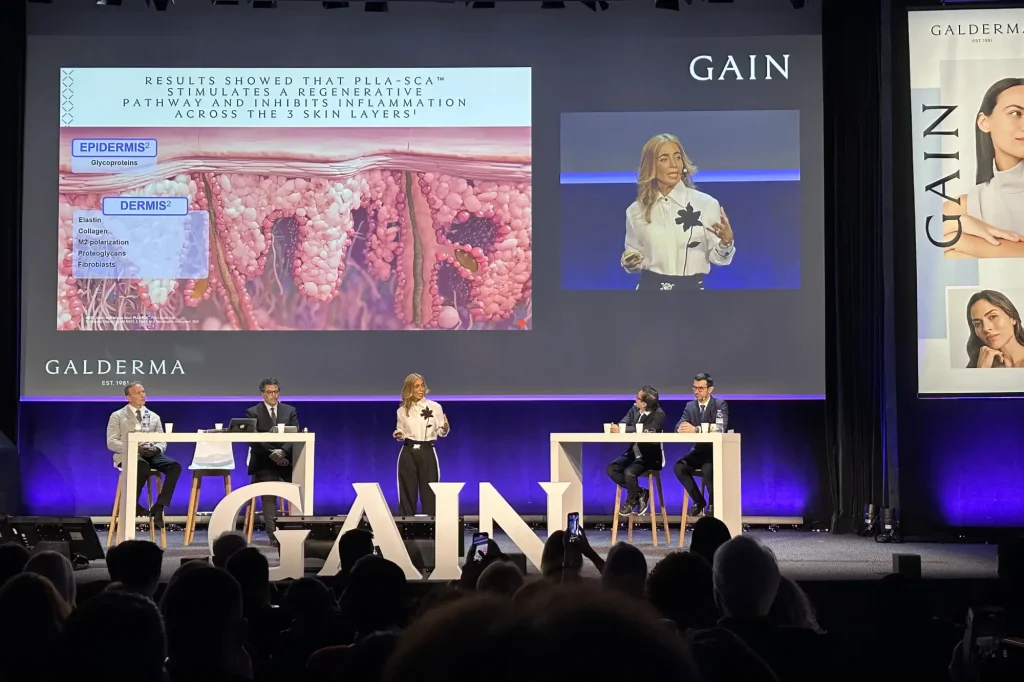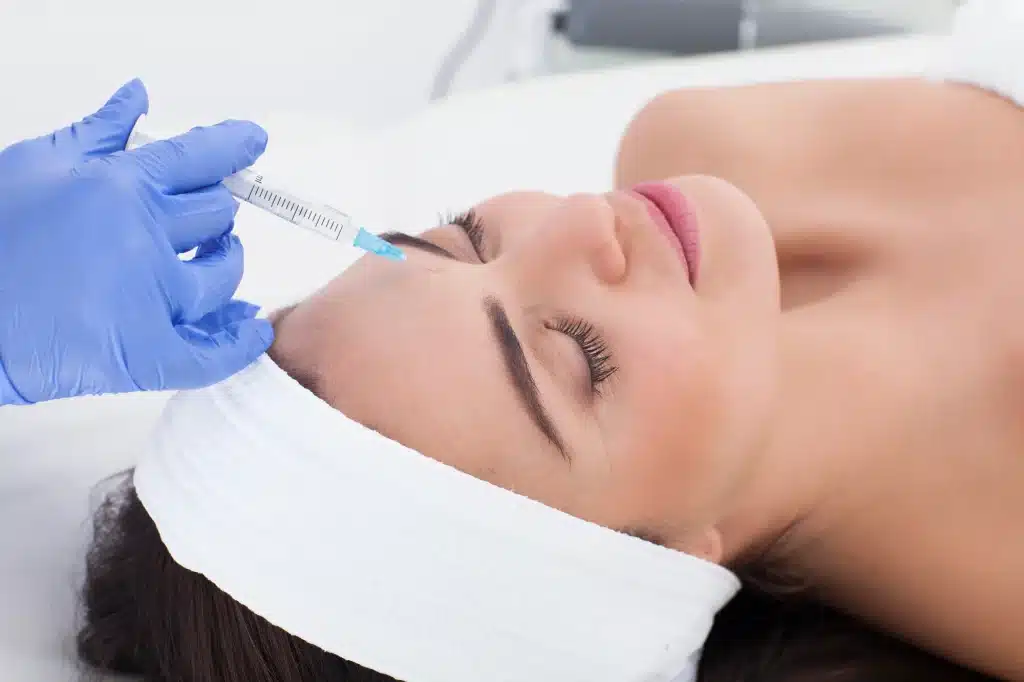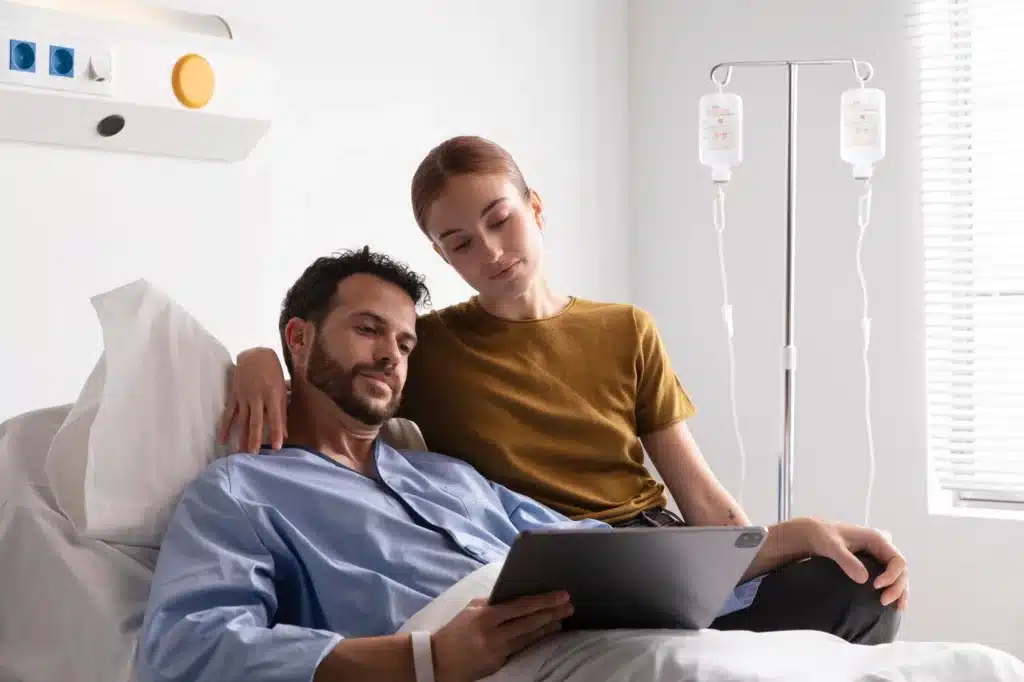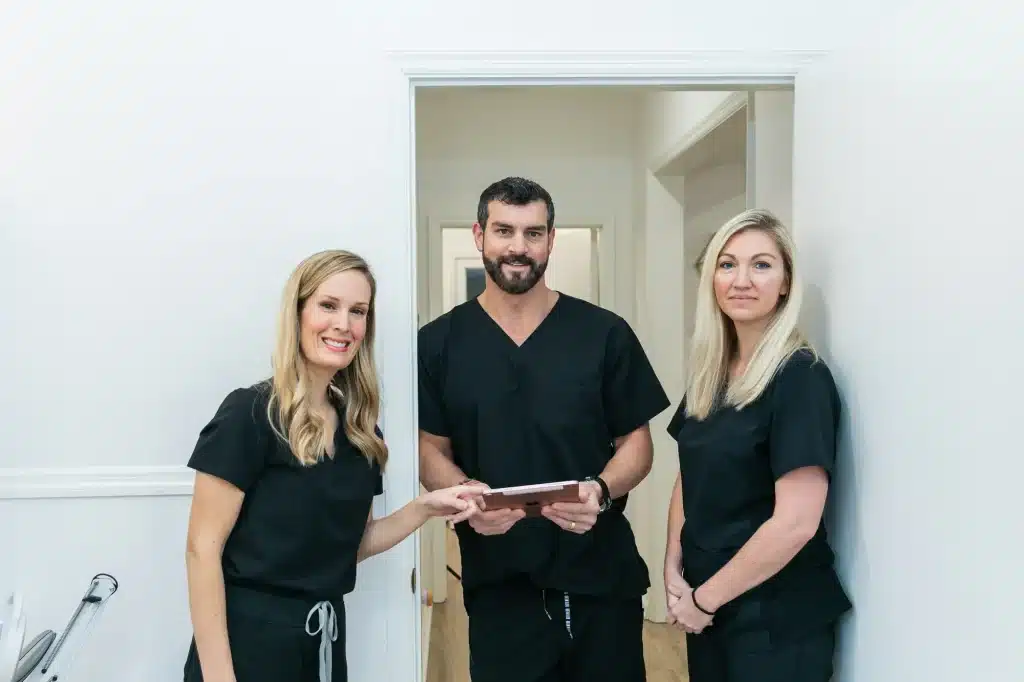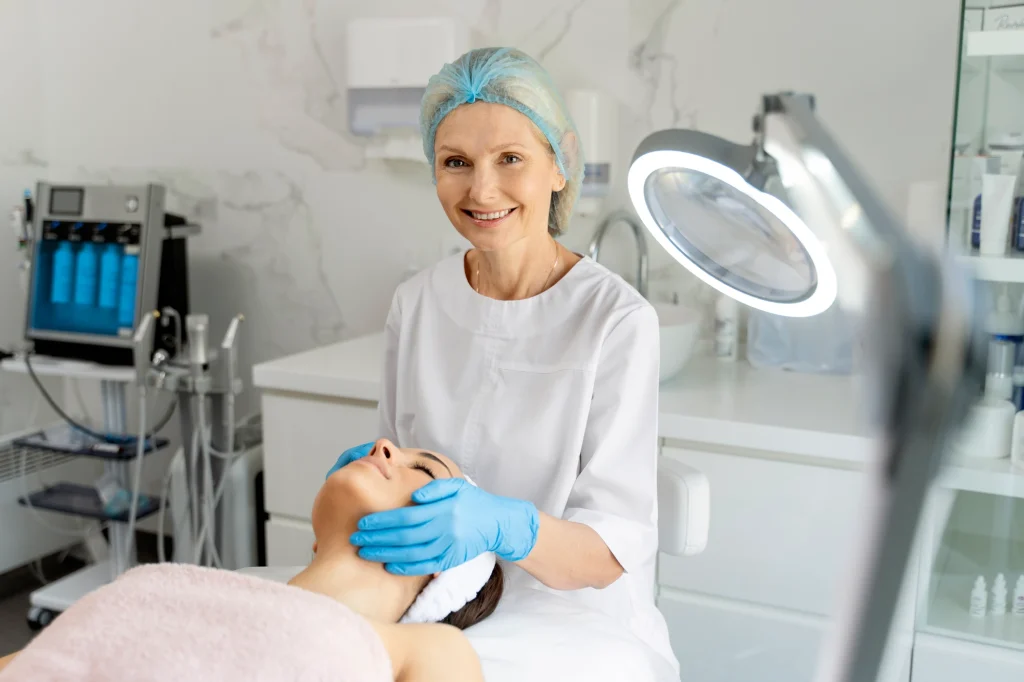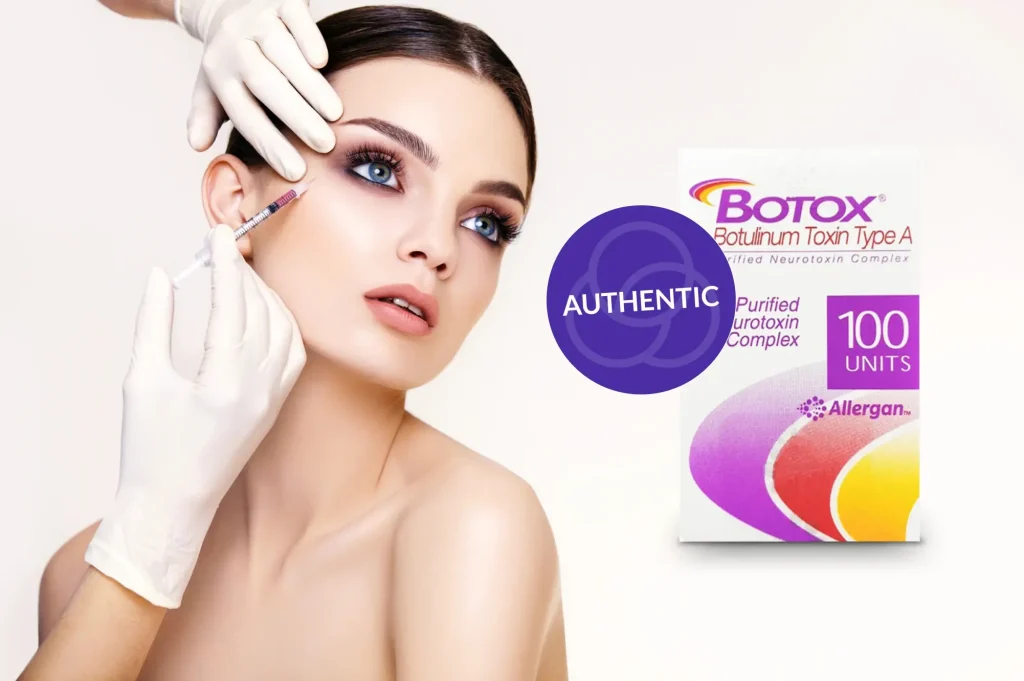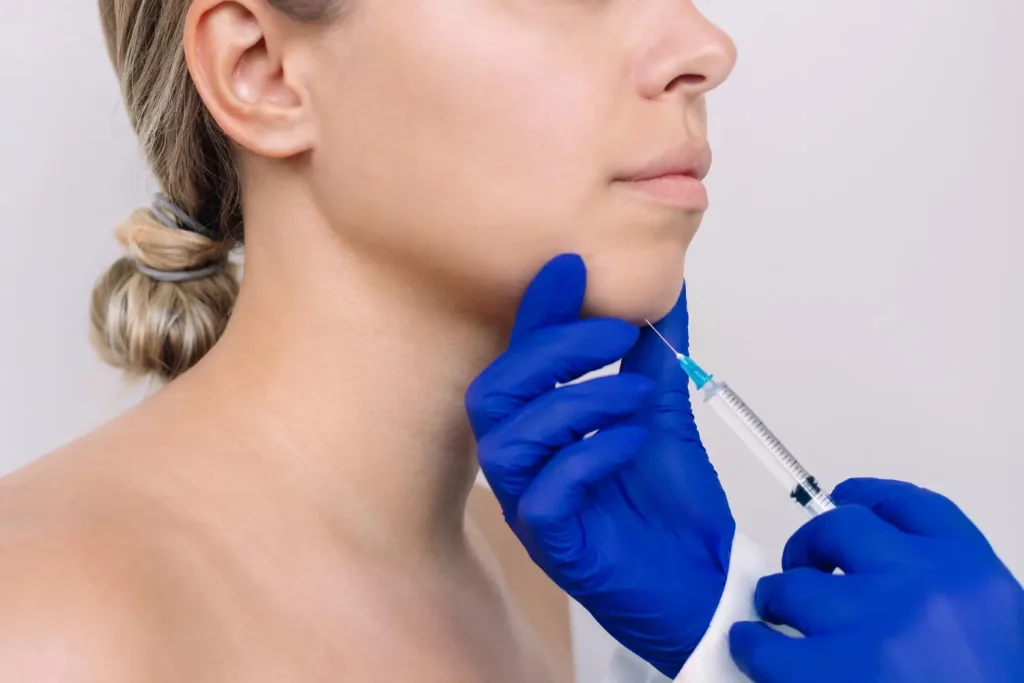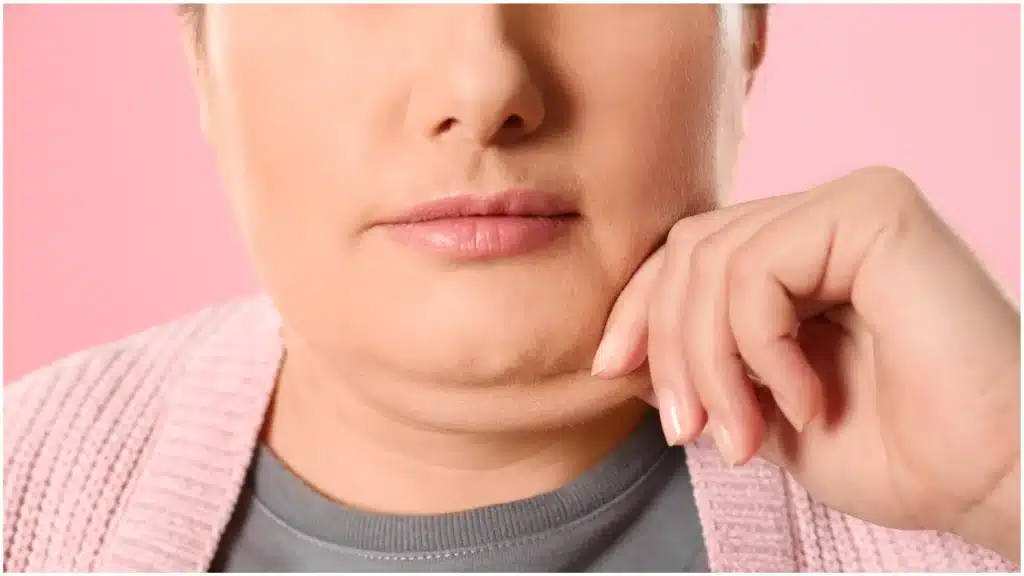The rise of GLP-1 medications like Ozempic and Wegovy has transformed the weight loss landscape—but it’s also creating new challenges for aesthetic practitioners. At IMCAS Paris 2025, the impact of these medications, particularly the treatment of “Ozempic Face,” was a major topic of discussion.
Over 20,000 attendees gathered at the conference from January 30 to February 1 to explore the latest advancements in aesthetic medicine. We were there to gain expert insights and top treatment strategies firsthand.
Here’s what leading practitioners shared.
Key Takeaways
- GLP-1 causes a decrease in superficial temporal fat pad volume by an average of 41.8% and a decrease of 69.9% in fat volume along the superficial cheek fat.
- While dermal fillers help restore volume, experts emphasized that skin laxity is the bigger challenge. Combination treatments using HA fillers, biostimulators, RF, ultrasound, and microneedling offer better long-term results.
- The industry is moving away from isolated treatments, focusing instead on full-face rejuvenation that improves skin texture, elasticity, and overall harmony.
- Clinics offering customized, multi-modal treatment plans see higher patient satisfaction and retention, making a tailored approach key to successful aesthetic outcomes.
Ozempic Face: More Prevalent Than Ever
Even though the term Ozempic Face isn’t new, its relevancy is higher than ever due to the increasing number of patients using semaglutides for weight loss and, consequently, experiencing rapid weight loss-related facial volume loss and skin laxity.
As new research shows, the accelerated facial aging and skin changes seen in GLP-1RA patients stem from multiple factors, including the loss of dermal and subcutaneous fat, disruptions in adipose-derived stem cell (ADSC) function, and alterations in hormonal and metabolic signaling.
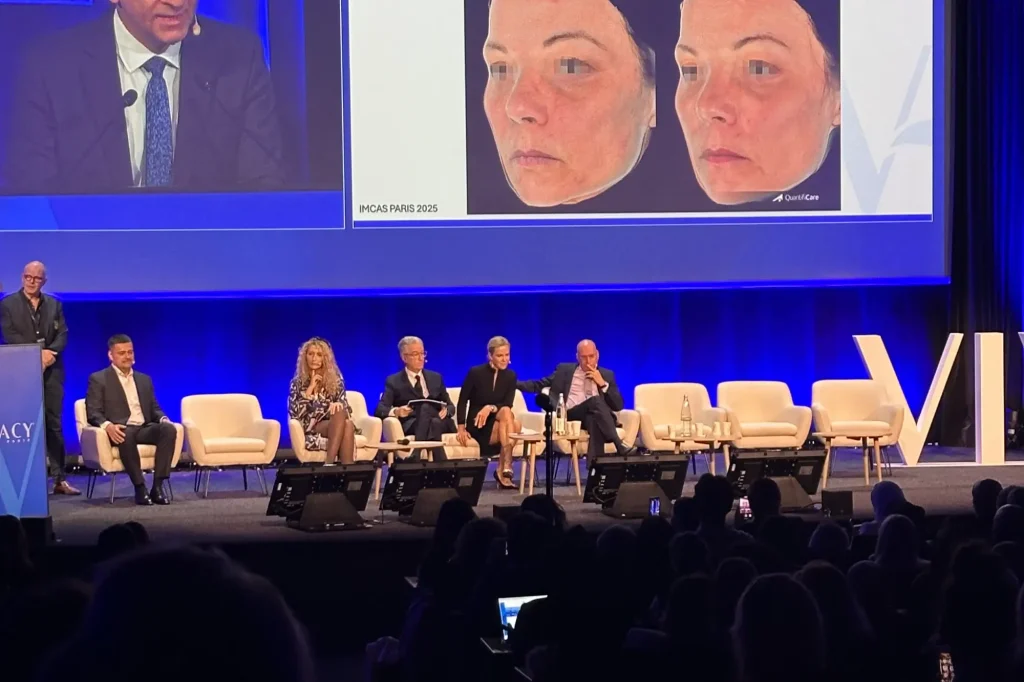
Dr. Lucia Hue Fontaine also mentioned this during the IMCAS Vivacy Symposium. She presented the following results of a quantitative study of volumetric changes in facial pads with GLP-1:
- Weight Loss Results: Patients using GLP-1 experienced an average body weight reduction of 21.1% over a period of 9.4 months.
- Temporal Fat Loss: The study found a 41.8% reduction in superficial temporal fat pad volume during Ozempic usage.
- Cheek Fat Loss: A significant 69.9% decrease in superficial cheek fat volume was observed.
These massive volume losses contribute to the patient’s sunken appearance.
Treatment Options: What Approach You Should Take
While dermal fillers remain a go-to solution for restoring lost volume, many IMCAS Paris speakers emphasized that the biggest challenge isn’t volume depletion—it’s skin laxity. Rapid weight loss can lead to sagging, crepey skin that volumizing fillers alone cannot correct.
Experts recommended a combination of treatments to tighten, lift, and improve skin quality. Based on the patient’s condition, you should focus on the following:
1. Volume Correction
- HA fillers for midface, jawline, and temples to fix hollowing and sagging
- Biostimulators (CaHA and PLLA) and specific HA formulations to stimulate collagen for long-term skin improvement
2. Combination Treatment
- A holistic approach with immediate and long-term effects
- Synergize fillers with RF or ultrasound to address both laxity and volume loss
3. Additional Support
- For the mild sagging in the lower face and neck, combine injectables with RF, ultrasound, and microneedling
- For severe sagging, facelift surgery can be considered, as well as neck lift, and fat grafting
A Shift Toward Holistic Aesthetic Plans
IMCAS discussions also highlighted a move away from isolated treatments toward full-face rejuvenation. Instead of replacing lost fat, leading practitioners are designing customized multimodal treatment plans that consider skin texture, elasticity, and overall facial harmony.
During the IMCAS Allergan Aesthetics Symposium, Prof. Reha Yavuzer and Dr. Juliana Chieppe de Sá introduced the AA Signature Program, emphasizing a holistic approach to facial aesthetics. This program promotes integrating dermal fillers, neuromodulators, and skin-enhancing treatments based on the patient’s individual needs.
Research presented at IMCAS showed that clinics offering combination treatments see higher patient satisfaction and retention rates.
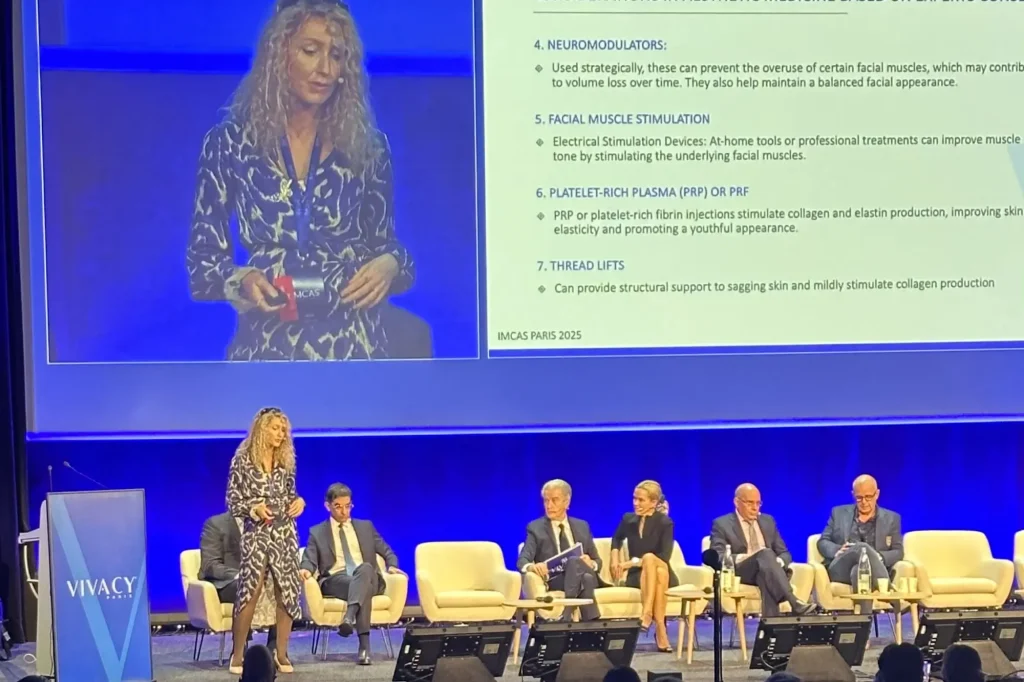
Patient Education: Managing Expectations to Avoid Overfilling
With social media fueling unrealistic beauty standards, patients often request aggressive filler treatments to “fix” Ozempic Face. However, many IMCAS experts stressed that overfilling is not the solution.
During the IMCAS Teoxane Symposium, Dr. Benji Dhillon shared the ATP framework, which integrates Anatomy, Technique, and Product Selection to ensure natural-looking results. Educating patients about gradual improvements, collagen stimulation, and lifestyle factors is now a key part of aesthetic consultations.
Final Thoughts
As more patients turn to GLP-1 medications, aesthetic professionals must evolve their treatment strategies. IMCAS Paris 2025 showcased an industry-wide shift toward natural, regenerative, and holistic approaches to treating Ozempic Face.
For practitioners, staying ahead means combining advanced technologies, patient education, and science-backed treatments to achieve the best results.
FAQs
1. What is IMCAS Paris 2025, and why is it significant for aesthetic practitioners?
IMCAS Paris 2025 is a major international conference focusing on advancements in aesthetic medicine. It brings together thousands of healthcare professionals to discuss the latest trends, technologies, and treatments in dermatology, plastic surgery, and medical aesthetics, making it a key event for practitioners seeking to stay updated on industry developments.
2. What were the main topics discussed at IMCAS Paris 2025?
Key topics included the impact of GLP-1 medications like Ozempic and Wegovy on facial aesthetics, particularly concerning “Ozempic Face.” Discussions also focused on treatment strategies for skin laxity, volumetric changes, and the shift toward holistic, multimodal aesthetic plans for patient care.
3. What is “Ozempic Face,” and what causes it?
“Ozempic Face” refers to the facial volume loss and skin laxity experienced by patients using GLP-1 medications for weight loss. This occurs due to significant fat loss in facial areas, including a reduction in superficial temporal and cheek fat, as well as alterations in hormonal and metabolic factors affecting skin health.
4. How can aesthetic practitioners treat Ozempic Face effectively?
Effective treatment involves a combination of approaches, including HA fillers to restore volume and biostimulators to improve skin quality. Practitioners may also recommend integrating technologies like RF and ultrasound for tightening skin, along with microneedling for enhanced results.
5. Why is a holistic approach important in treating Ozempic Face?
A holistic approach focuses on the overall aesthetic outcome by considering skin texture, elasticity, and facial harmony. By designing personalized treatment plans that address multiple aspects of the face, practitioners can achieve better results and higher patient satisfaction.
6. How can patients manage their expectations regarding Ozempic Face treatments?
Patients should be educated about the gradual nature of aesthetic improvements and the importance of avoiding overfilling. Practitioners can use frameworks like ATP (Anatomy, Technique, Product) to guide treatment decisions and help patients understand the benefits of a well-rounded approach to their aesthetic goals.
